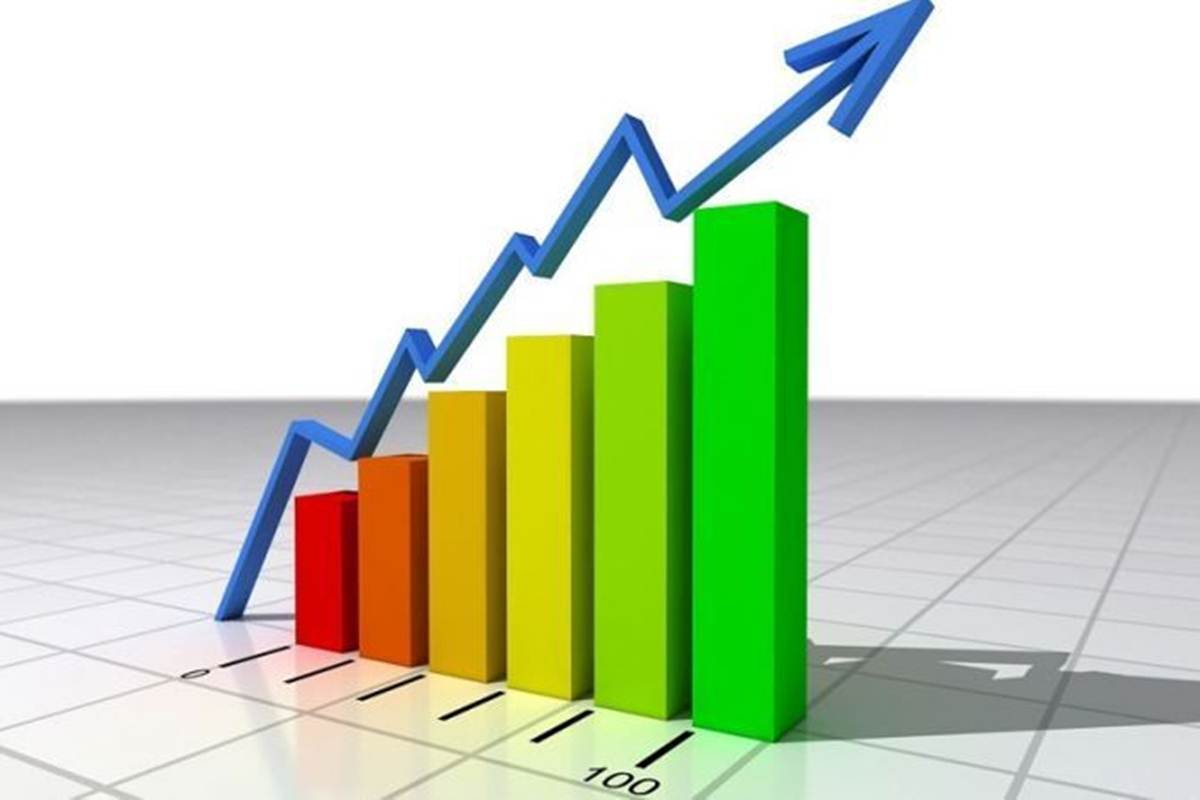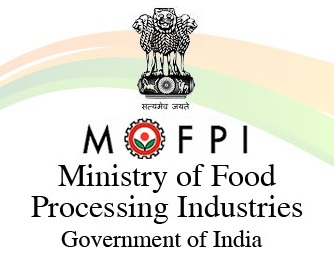PIB News Update: Guided by the urgent need to save lives -‘Jaanhaitoh Jahan hai’, India resorted to a strict 21 days nationwide lockdown on 24thMarch, 2020 to contain the spread of COVID-19 in its early stages in the country. The lockdown period gave a respite to ramp up the health and testing infrastructure in the country. Due to timely tracing, treatment and reporting, the number of people recovering from the virus is continuously rising and the active cases, as on date, are 41% of the total cases in the country.
The strict lockdown and social distancing measures, however, adversely affected the economy. With a gradual shift in strategy towards saving lives as well as livelihoods-‘Jaanbhi Jahan bhi’, India has entered the ‘Unlock India” phase from June 1 with phased resumption of services and businesses. The Government and the RBI have taken prompt policy measures – both short term and long term – in a calibrated manner to reinvigorate the economy at the earliest with minimal damage.
Agricultural sector remains the foundation of the Indian economy and with a forecast of a normal monsoon, should support the rebooting of the Indian Economy. Though the GDP contribution of the sector may not be very large (in relation to Industry and Services), its growth has a very positive impact on the large population dependent on agriculture. Further, the recent landmark reforms announced in the sector will go a long way in building efficient value chains and ensuring better returns for farmers.
The resilience of the Indian manufacturing is evident from the fact that within a period of 2 months, India has become the world’s second largest manufacturer of Personal Protective Equipment (PPE) starting from scratch. Early green shoots of economic revival have also emerged in May and June with real activity indicators like electricity and fuel consumption, inter and intra-state movement of goods, retail financial transactions witnessing pick up.
Improvement in Economic Indicators
Agriculture
- Procurement of wheat from farmers by Government agencies has touched an all-time record figure of 382 Lakh Metric Tonnes (LMT) on 16th June, 2020 surpassing the earlier record of 381.48 LMT achieved during 2012-13. This has been accomplished during the trying times of Covid-19 pandemic under the social distancing restrictions. 42 Lakh farmers have been benefitted and a total amount of about Rs. 73,500 crore has been paid to them towards Minimum Support Price (MSP) for wheat.
- Theprocurement of Minor Forest Produces (MFP) under the MSP for MFP Scheme in 16 states has hit a record-breaking high with the procurement touching Rs. 79.42 crores. This has proved to be a much needed panacea in these distressing times of Covid-19 pandemic, which has disrupted lives and livelihoods of tribals.
- As on 19th June, farmers have sown 13.13 million hectares of Kharif crops, 39 per cent higher than corresponding period of last year with a big jump in area coverage under Oil seeds, Course Cereals, Pulses and Cotton.
- Fertilizer sales have surged by almost 98 per cent year-on-year in May 2020(40.02 lakh tonnes), reflecting a robust agricultural sector.
Manufacturing
- India’s PMI Manufacturing and Services showed lower contraction in May at 30.8 and 12.6 respectively over April (27.4 and 5.4 respectively).
- Electricity consumption saw lower contractionin growth rates from (-) 24 per cent in April to (-) 15.2 per cent in May to (-)12.5 per cent in June (till 21stJune). In June, electricity consumption has continuously improved from (-)19.8 per cent in the first week to (-)11.2 per cent in the second week to (-)6.2 per cent in third week of June.
- Total assessable value of E-Way bills picked up by a massive 130 per cent in May 2020 (Rs. 8.98 lakh crore) compared to April 2020 (Rs. 3.9 lakh crore), though lower than previous year and pre-lockdown levels. Value of E-Way bills generated between 1st and 19th June stood at Rs. 7.7 lakh crore, with 11 days left for the month to complete.
- Consumption of petroleum products, a major indicator reflecting consumption and manufacturing activity in the countryincreased by 47 per cent from 99,37,000 metric tonnes in April to 1,46,46,000 metric tonnes in May.Consequently, year-on-year contraction in consumption growth of petroleum products was much smaller at (-)23.2 per cent in May against (-)45.7 per cent in April. In June, growth in consumption of petroleum products is expected to be still higher after one month of Unlock 1.0.
Services
- Railway freight traffic improved by 26 per cent in May (8.26 crore tonnes) over April (6.54 crore tonnes), though still lower than previous year levels. The improvement is likely to continue in June in sync with growth in movement of goods on National Highways.
- Average daily electronic toll collectionsincreased from Rs. 8.25 crore in April, 2020 to Rs. 36.84 crore in May, rising more than 4 times.In the first three weeks of June, it has improved furtherto Rs. 49.8 crore.
- Total digital Retail financial transactions via NPCI platforms increased sharply from Rs. 6.71 lakh crore in April, 2020 to Rs. 9.65 lakh crore in May. The trend is expected to continue in June driven by a sustained pick-up in real activity.
Monetary Indicators
- With RBI’s efforts towards ensuring adequate liquidity, private placement of corporate bonds picked up sharply by 94.1 per cent (YoY growth) in May (Rs. 0.84 lakh crore) as compared to a contraction of 22 per cent in April (Rs. 0.54 lakh crore). June is likely to see a still larger placement as excess liquidity persists in the system.
- Average assets under management (AUM) of mutual funds increased by 3.2 per cent to Rs.24.2 lakh crore in May 2020 from Rs. 23.5 lakh crore in April 2020. Contraction in YoY growth in the indicator also fell from (-)6.9% in April to (-)4.5% in May.
- India’s forex reserves at USD 507.6 billion as on 12th June, continue to provide a crucial cushion to external shocks on the back of higher FDI, portfolio flows and low oil prices. FDI in India recorded inflow of USD 73.45 billion in FY 2019-20, an increase of 18.5 per cent over the previous fiscal.
The commitment of the Government towards both structural reforms and supportive social welfare measures will help build on these ‘green shoots’. The resolve for ‘Atmanirbhar Bharat’ will be strengthened with the collective effort of all stakeholders and contribute to rebuilding a strong vibrant Indian economy.





